Learn How To Easily Make Your Own Emergency Preparedness Kit
“An emergency or natural disaster won’t actually happen to me”. Have you ever thought this to yourself? Most people have this attitude towards emergency preparedness. But what about the people who have actually been in a natural disaster? I’d be willing to bet that 100% of those who were unprepared, wish that they had been. In this post, I teach you how to easily make your own emergency preparedness kit with this free emergency binder template.
Don’t forget to scroll down to download my free printable checklist to create your own Emergency Preparedness Kit
Pin this Checklist to your favorite Pinterest Board!
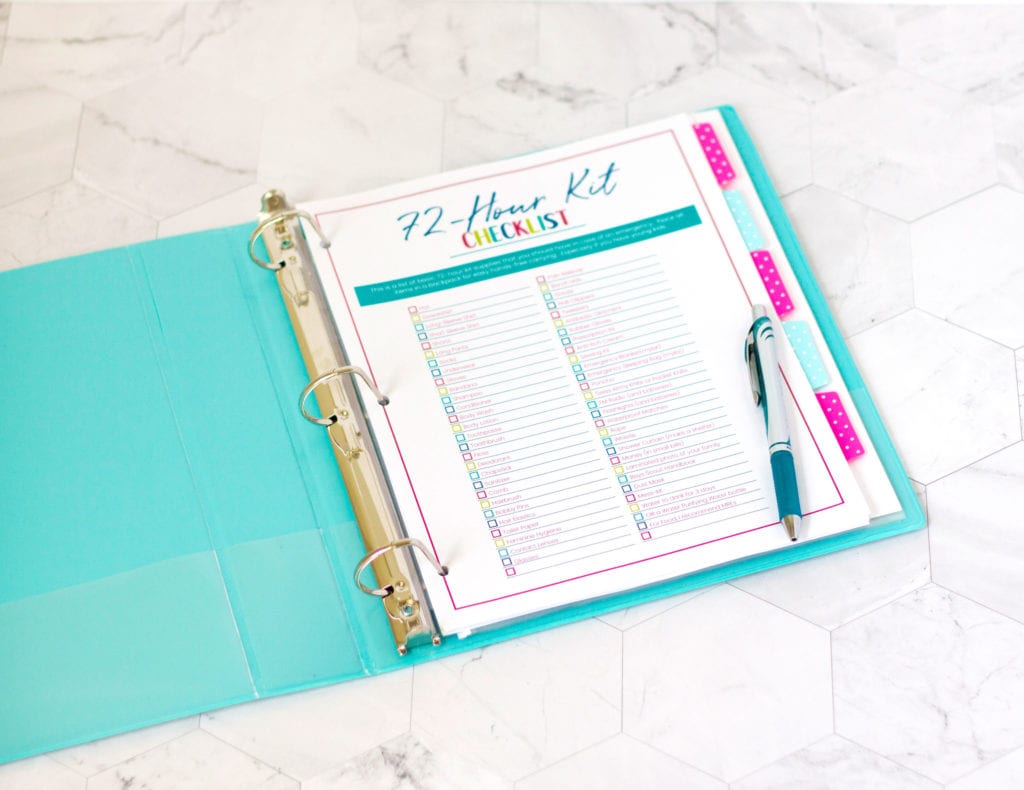
The Importance of an Emergency Go Bag
Why is a Go-Bag crucial during emergencies? During natural disasters, like California fires, people had only a few minutes to collect vital items. Think about that situation. It’s likely essential items would be overlooked.
The concept of a Grab and Go Bag, often known as a 72-hour kit, involves having a backpack. This backpack contains essential survival items, food, and water for three days for each individual. Some individuals believe the government will always provide immediate help. However, it’s essential to understand that government assistance might take at least three days to arrive. In a similar scenario, how would you respond? Do you possess the skills to look after your loved ones or yourself? The presence of a well-organized binder with essential documents can elevate your preparedness level, promoting a sense of security. This tool aids in efficient self and family care during emergencies. Access the checklist to enhance your emergency readiness.
Gather Supplies For Your Emergency Go Bag
Preparing an emergency 72-hour kit can be done at your own pace. Some individuals gradually accumulate supplies weekly, while others, like me, prefer a quicker approach, especially for costlier items. It’s astonishing to discover the abundance of essential items already available in your home. A simple search and organization can efficiently stock up your emergency backpack.
Here are some important things to remember:
- You should have one backpack (or kit) per person
- Try and pack backpacks that each person can carry themselves
- Kid’s backpacks should be lighter where possible- they don’t need every single item in their backpack
- Don’t forget to pack small, compact activities for kids – these are stressful situations for them too and small distractions will be super important
- When packing emergency money, use small bills. If you are in a situation where you need to purchase goods from an individual, they probably won’t be able to break large bills and you’ll end up overpaying for items.
- If you are worried about your lack of survival skills, pack a survival book or boy scout handbook in your backpack
- Make sure you pack waterproof watches
- You may need to create a make-shift shelter. A tarp or even a shower curtain (and rope) could provide you shelter from the weather.
- Having a laminated photo of family members is super important. Asking strangers if they have seen your family members without a photo can be pretty pointless. Laminating it keeps the photo dry.
- Try to pack travel-sized items wherever possible. Remember, most if not all items should fit in your backpack so you can carry it hands-free.
- Packing clothes can be really bulky. Packing a long-sleeve shirt and pants can always be cut into shorts and a short-sleeve shirt if it’s summer. But you can never get those layers back if you only pack summer clothes and you need to use your emergency kit in the winter.
- Take each person’s age, physical abilities, and other determining factors into consideration and adjust things as necessary.
- Go through your bags every 6 months and update as needed.
- If you are looking for a low-maintenance food idea, use military MREs (they last for about 10+ years so you won’t have to update your food every 6 months)
Checklist for Emergency Preparedness
Creating a Grab and Go Bag can be overwhelming, given the variety of essential items to consider for emergencies. However, a comprehensive checklist simplifies this task. By consolidating all necessary items into one list, the preparation becomes streamlined and less stressful. No need to anticipate every detail – we’ve got you covered. To access the full checklist, simply subscribe to our newsletter.
Here is a sample list of some of the items on my checklist:
- Long-Sleeve Shirt
- Long Pants
- Gloves
- Bandana
- Shampoo
- Body Wash
- Toothpaste
- Toothbrush
- Comb
- Bobby Pins
- Hair Elastics
- Toilet Paper
- Feminine Hygiene
- Pain Reliever
- Emergency Antibiotics (Use the code HANSEN10 for $10 off your order!)
- Band-aids
- Emergency Blanket(mylar)
- Emergency Sleeping Bag (mylar)
- Poncho
- Swiss Army Knife or Pocket Knife
- FM Radio (and batteries)
- Flashlights (and batteries)
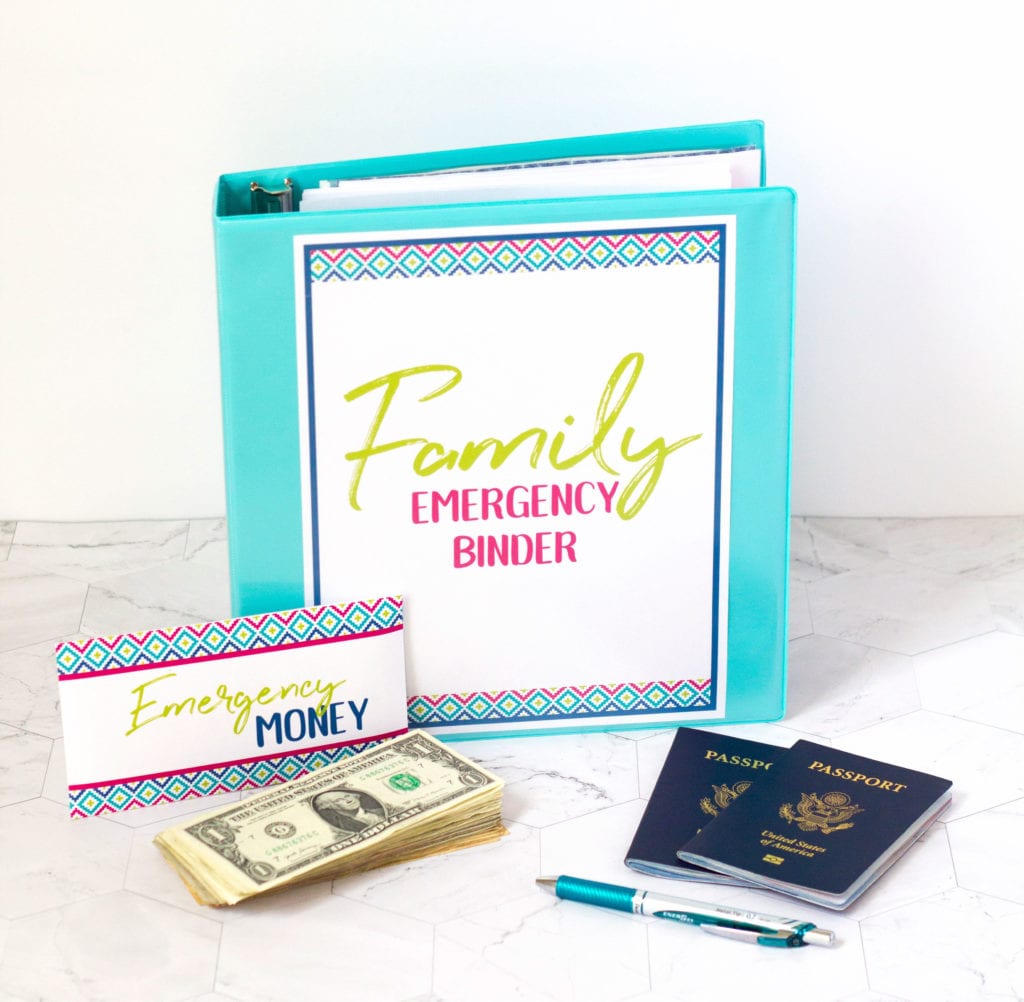
Emergency Preparedness Binder
For those seeking to enhance their emergency preparedness, consider our Emergency Preparedness Binder. This binder aids in stress reduction during emergencies by organizing essential documents. It features over 30 pages of helpful printables, checklists, and worksheets. A Family Emergency Binder consolidates crucial information, ensuring quick access during emergencies.
Understanding the significance of preparation and organization for emergencies is crucial. A binder with essential documents can reduce anxiety in these situations. By being ready, stress is minimized. Use the provided document binder printables to enhance your preparedness. Begin your emergency planning for your family now.
If you are looking for some other great articles on Emergency Preparedness, I recommend these:
An Easy 6 Step Approach to Food Storage
Emergency Preparedness Fun Kit for Kids
Cheap Foods to Include in your Stockpile

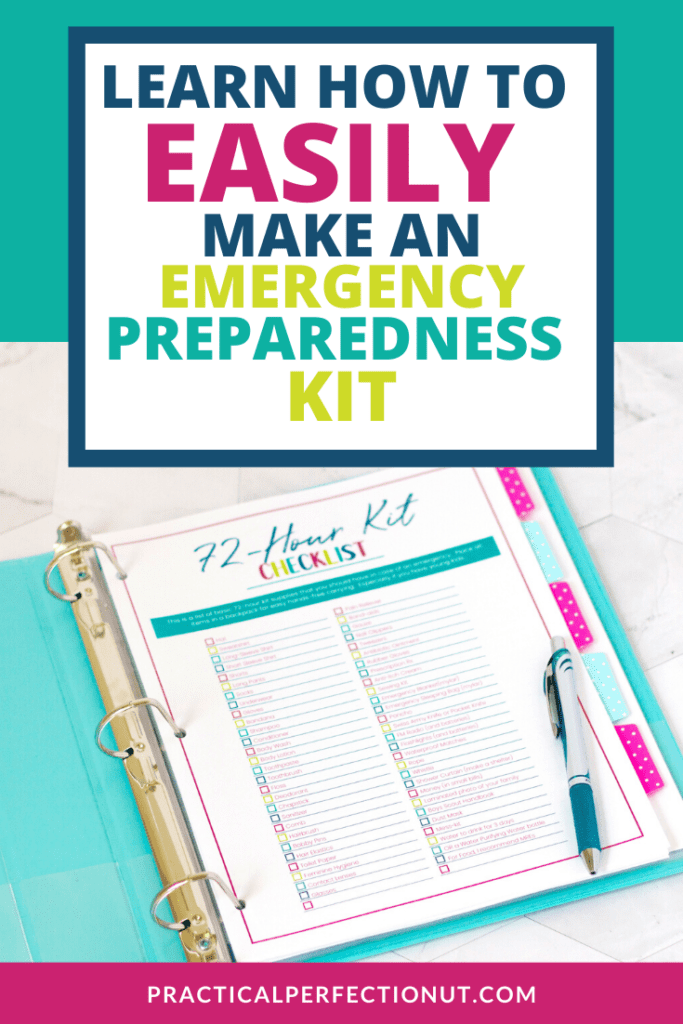
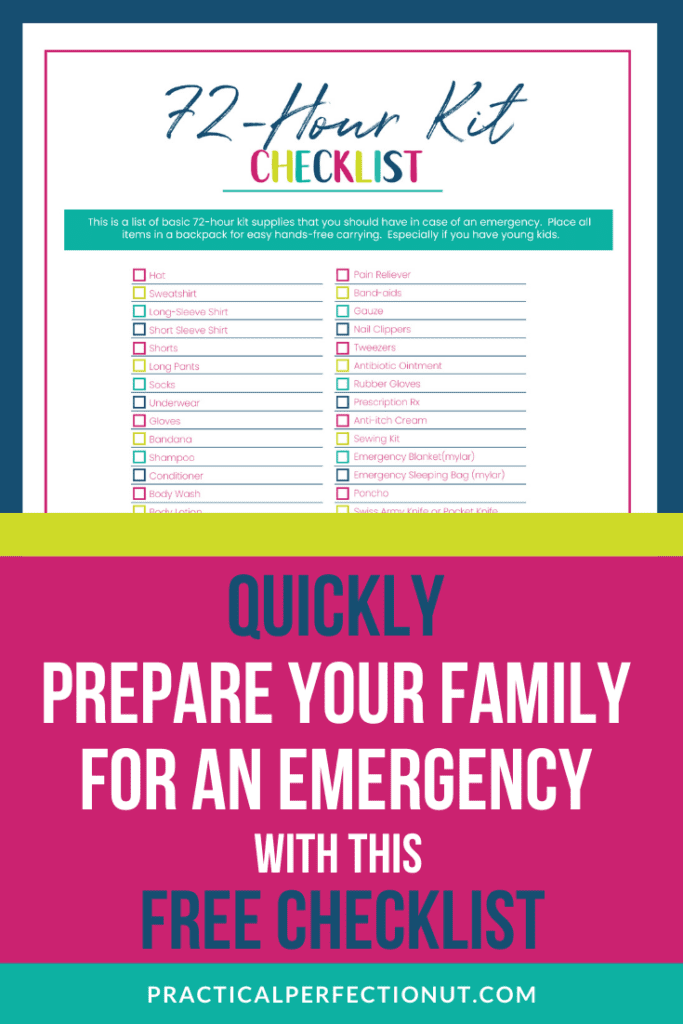
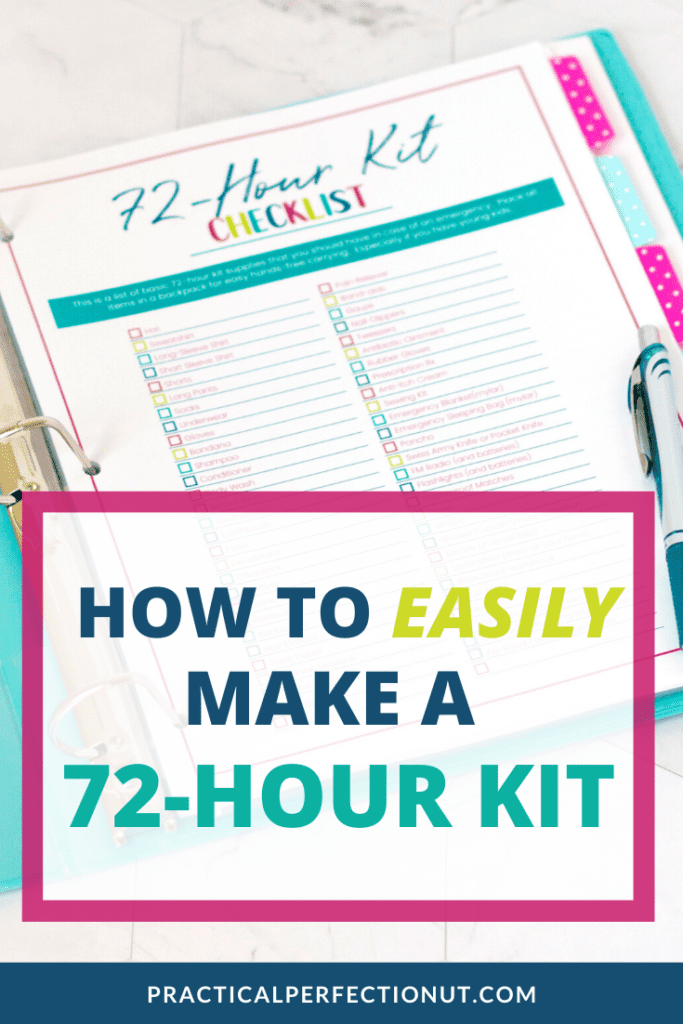

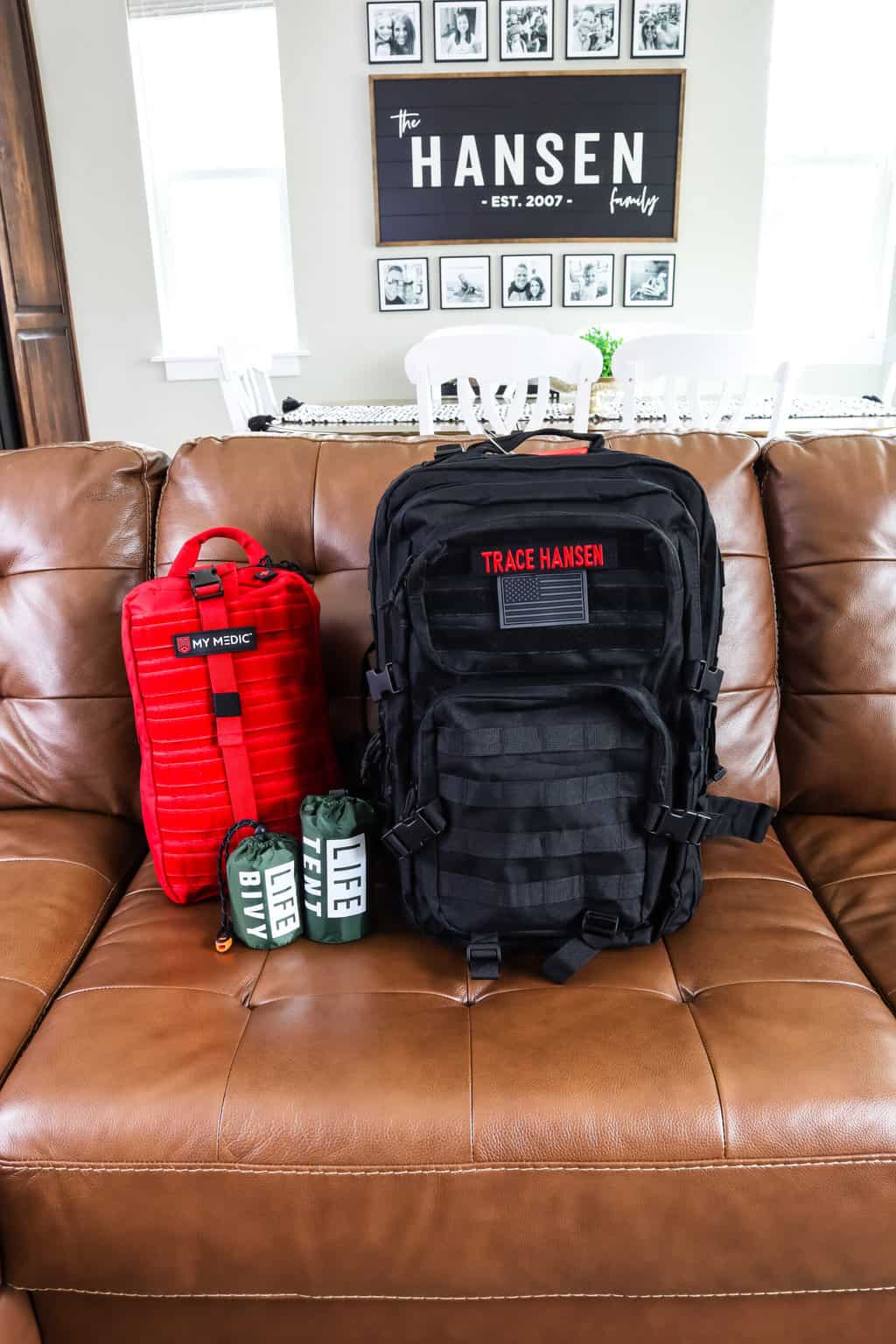
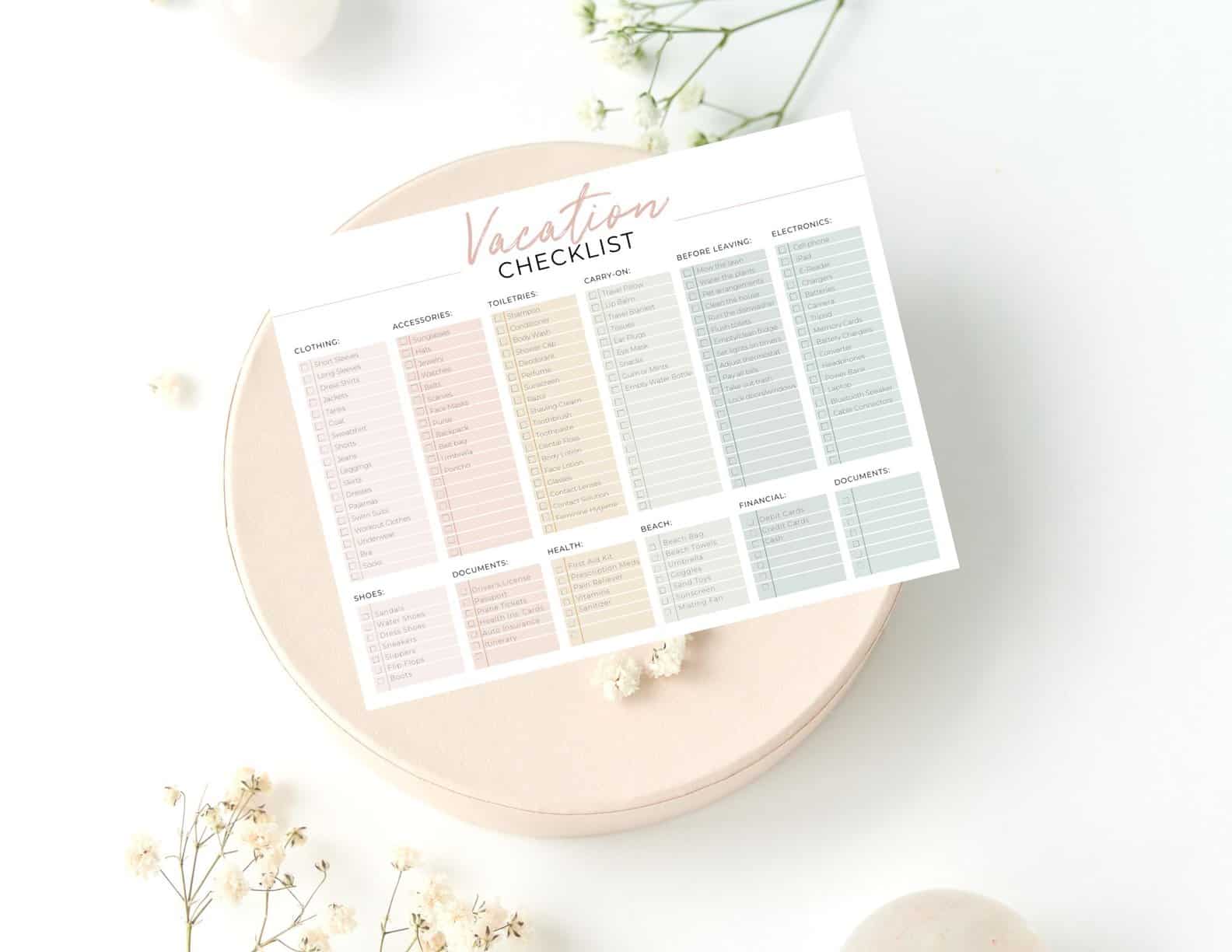
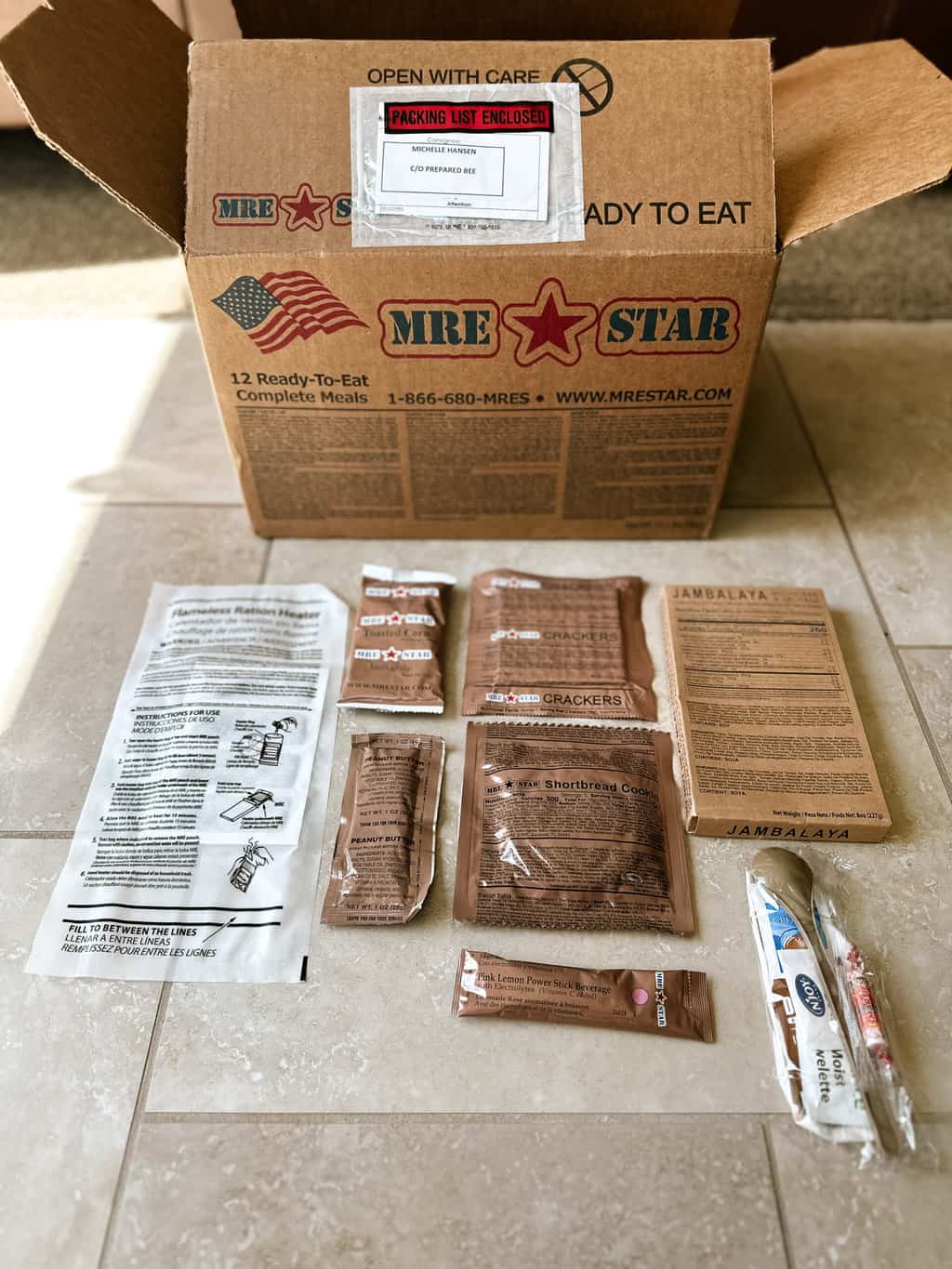
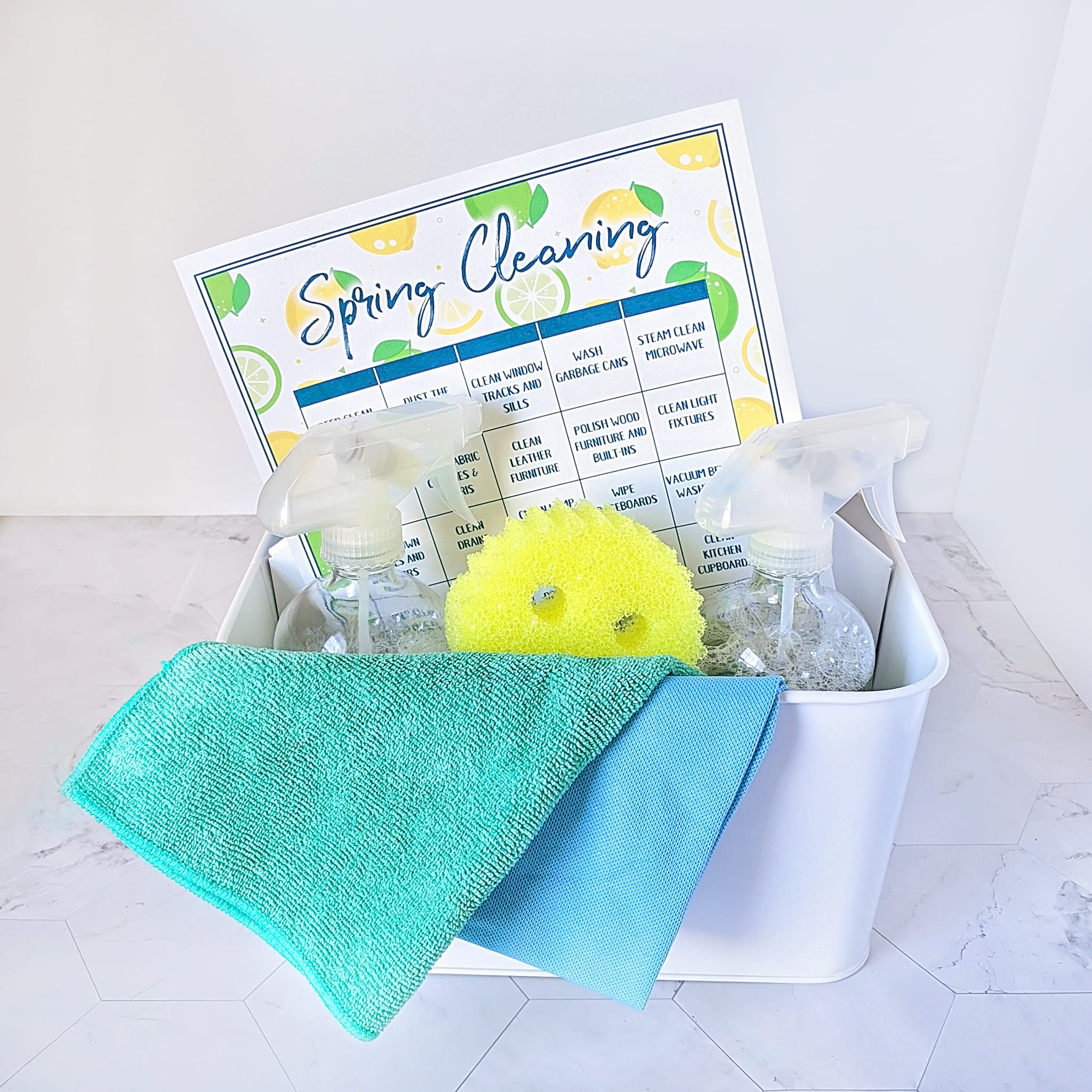
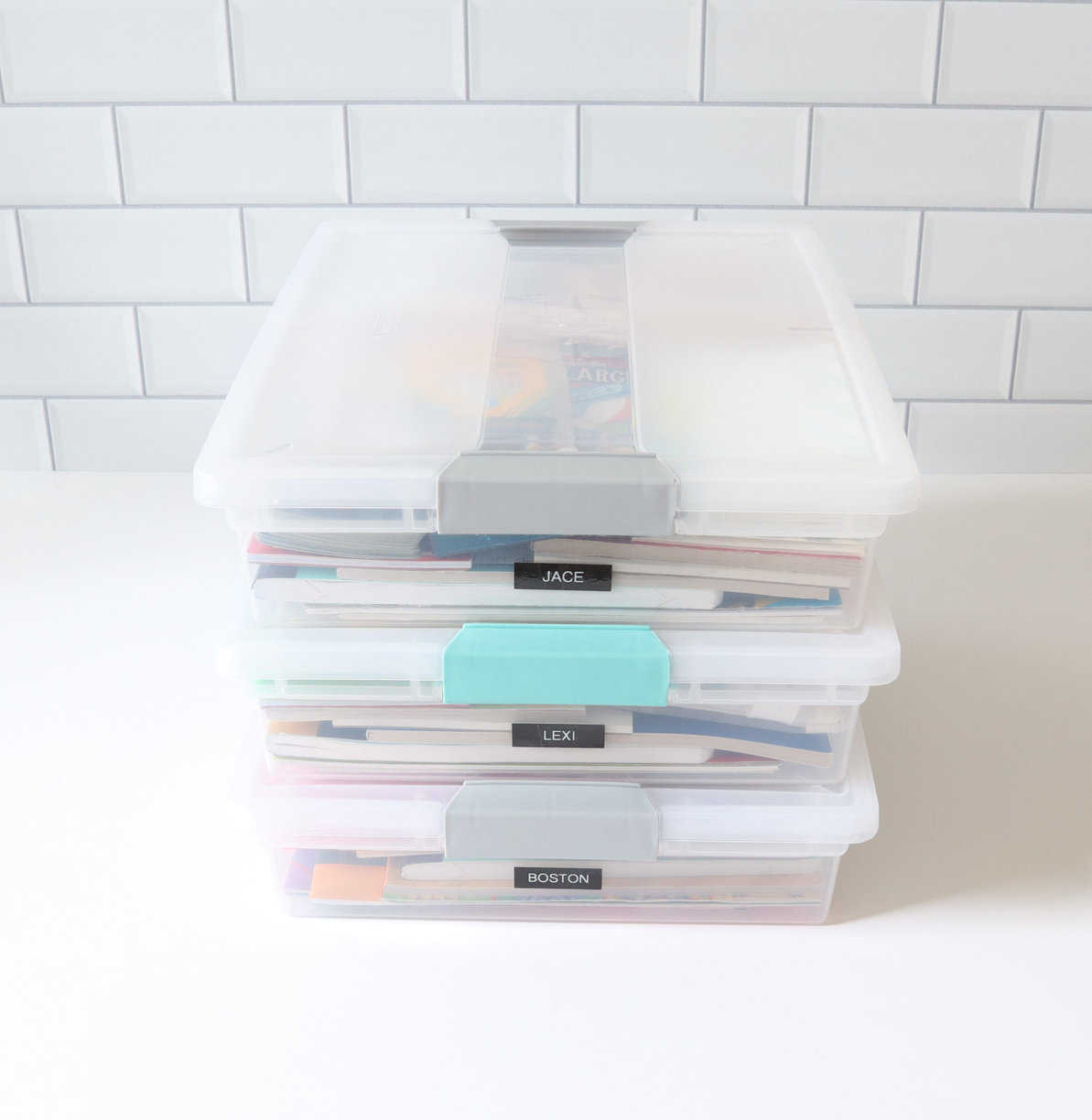
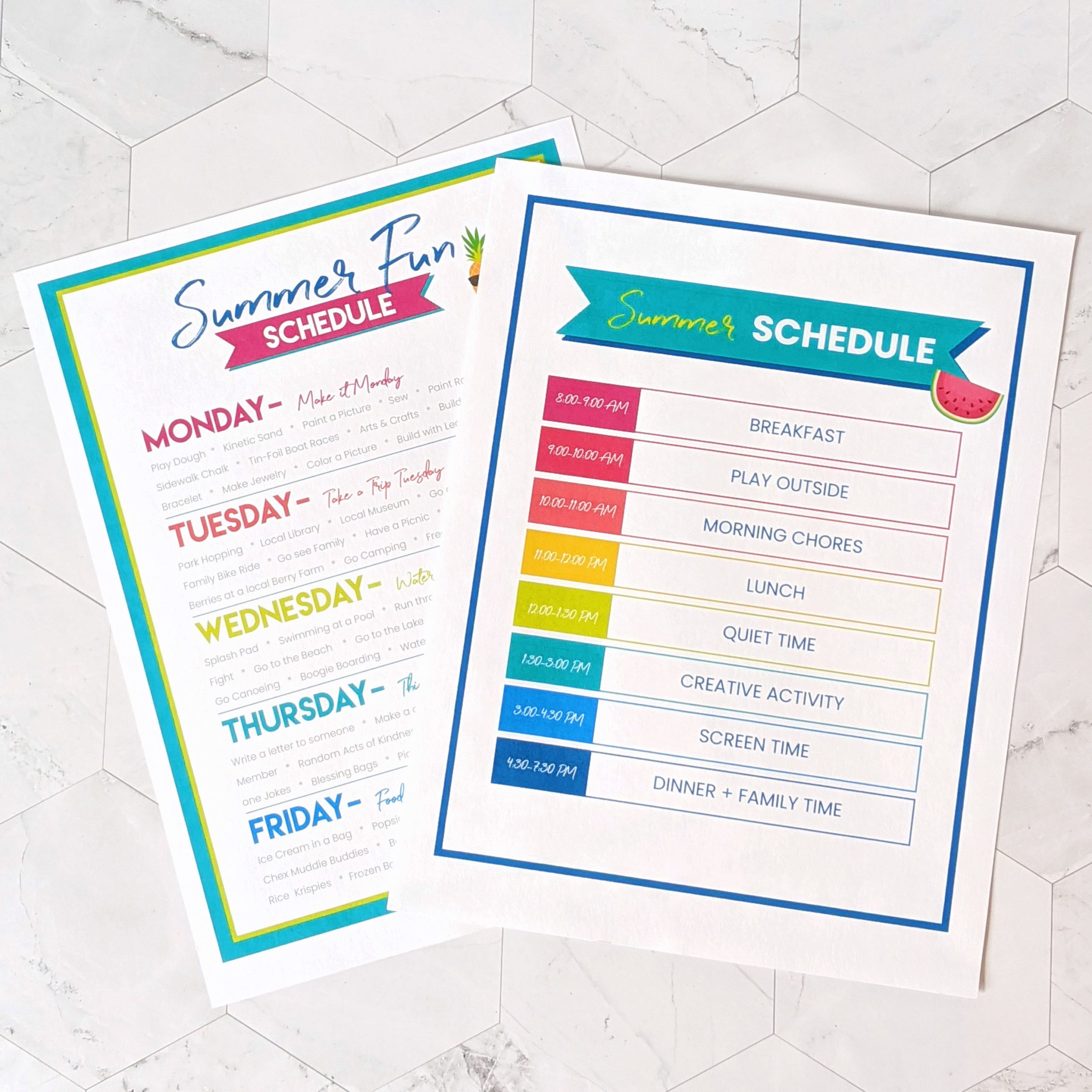
GREAT article!! Thanks so much for linking to my food storage chart!